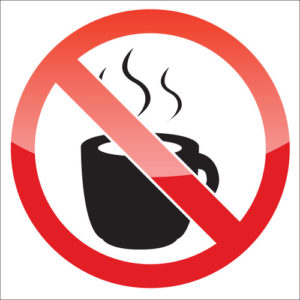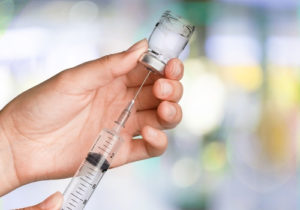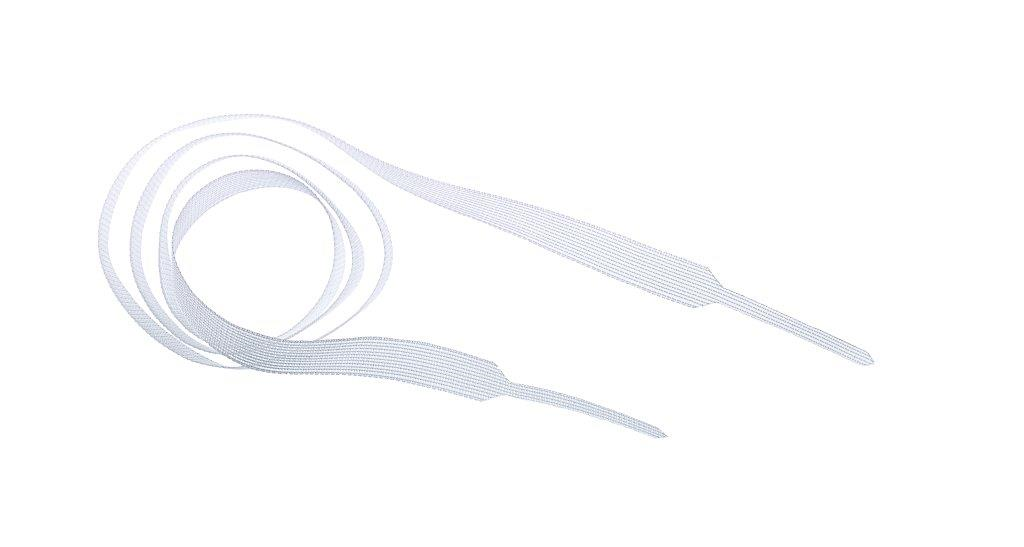
- Call : + 07523 300822
- Email : team@herefordshireurology.co.uk

Urinary Incontinence
Leakage of urine is a common problem, it affects women more than men and can have a significant impact on general health, social wellbeing and general quality of life. It can occur due to underlying bladder problems. The main types of urinary incontinence are stress urinary incontinence (urine leakage on coughing, sneezing, laughing, heavy lifting or exertion) and urgency urinary incontinence also known as the overactive bladder syndrome (urine leakage due to intense desire to go to pass urine and not being able to get to the toilet in time).
Assessment and management of these problems focuses on identifying the underlying problem with the bladder. Mr Nayar will discuss your symptoms with you (History) and then examine you. The investigations performed may be very variable but may include flow tests, a bladder scan or urodynamics (pressure testing of the bladder). Often Mr Nayar will ask you to fill in a bladder diary to record your fluid intake and how much urine you produce each day. You may require a cystoscopy.
The treatment of urinary incontinence ranges from simple measures to more complex treatments. This is best considered as levels of treatment.
Level 1 – Lifestyle changes and pelvic floor exercises
By cutting out caffeinated drinks (coffee, tea, cola, energy drinks) many patients can improve their urinary incontinence. Weight loss can be very effective as can stopping smoking. Pelvic floor exercises done properly and regularly can significantly improve continence.

Level 2 – Medication
If you have predominantly urgency urinary incontinence then some medications can be very effective in improving your symptoms. These classes of drugs are called anti-cholinergics and beta –3 agonists and promote relaxation of the bladder and aid urinary storage during bladder filling.

Level 3 – Minimally invasive treatments
If other treatments have not been successful urgency urinary incontinence can be treated with Botox injections into the bladder. Intravesical botox involves a cystoscopy to look inside the bladder, then botox is injected directly into the bladder muscle. Intravesical botox can be performed under a local anaesthetic as an outpatient procedure with a flexible cystoscope. It can also be done as a daycase under a general anaesthetic if preferred. Injection of Botox will need a full discussion with Mr Nayar before it is offered.

For Stress urinary incontinence in females bulking agents injected into the bladder neck may be useful for patients with troublesome urinary incontinence who want to avoid an operation. This can be performed as a daycase under a short general anaesthetic.
Level 4-Surgery
Many surgical options are available for urinary incontinence: Such as synthetic slings for female stress urinary incontinence. The appropriate treatment will depend upon your particular symptoms and circumstances. All treatments are tailored to each patients needs after a detailed assessment.
